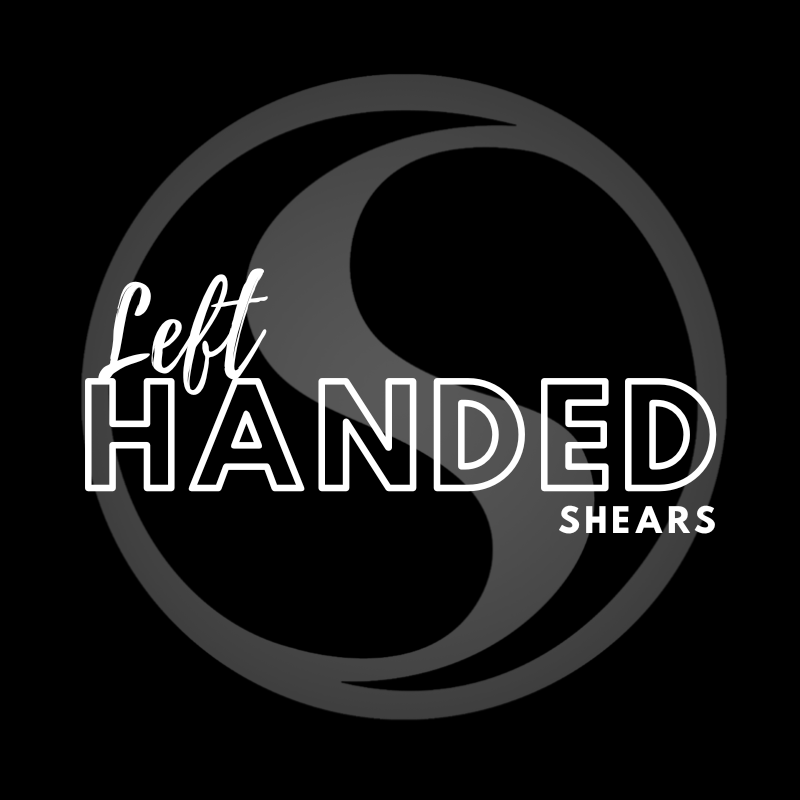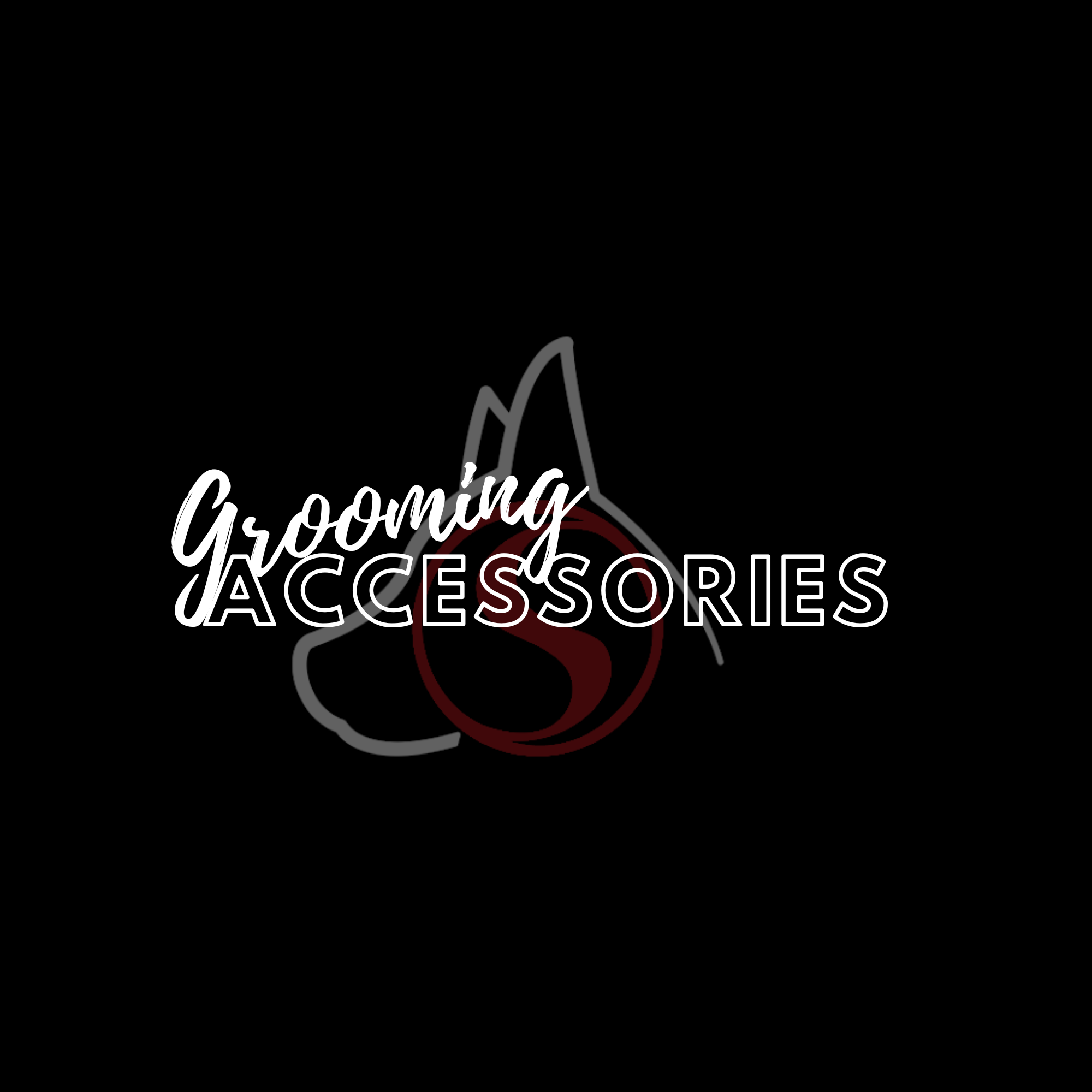What are the best hairdressing scissors for beginners?
Repetitive strain injury is more common than you might think for barbers and stylists working all day with shears. Shears that force you to hold your elbow up, or which put unnatural pressure on the thumb tendon by forcing it to stretch, can result in conditions such as carpal tunnel syndrome or tennis elbow. The type of shears that you choose can help to reduce the chances that you will suffer injury while cutting hair.
The different types of hair cutting shears and their risks
- Opposing Grip – these shears are probably the most traditional choice and certainly the oldest design. They can over stretch the thumb tendon but also work well if you cut with the middle finger and thumb.
- Offset Grip – if you use your ring finger to hold your shears then these will appeal. They have a shorter thumb handle, which can reduce the potential for overextending the thumb – however, they do require an elevated elbow while cutting.
- Crane Grip – the most cutting edge shear design, the crane grip is also the most ergonomically healthy, as the elbow sits in a drop position for cutting and an offset angle opens the hand.
What’s the best type of hair cutting shear if you want to avoid injury?
Rotating thumb shears with a crane handle are the best option if you’re looking to avoid repetitive strain injury. This is because they:
- Help to avoid overextending the thumb tendon while cutting. Overextension is often caused by shears that oppose the thumb to the ring finger. However, with crane handle shears the thumb is opposed to the index finger, which mimics the natural shape of the hand.
- A lower elbow. The rotating thumb allows you to keep your elbow down in nearly every cutting technique. This means healthy blood flow to the elbow and a reduction in the pressure that could result in injury.
- A straight wrist. Thanks to the rotating thumb, your wrist is not bent when cutting. A straight wrist means that the tendons running through the wrist are not crushed or working at an unnatural angle.
Are there any other options?
Neutral grip shears with a bent thumb and very open grip can also help to avoid repetitive straight injury. However, these shears require a stylist to use the side of the thumb – not the tip – while cutting at the top of the head or bottom of a bob line.
An offset crane shear with a bent thumb may also help with issues, such as avoiding a bent wrist or a raised elbow. Just remember that the less offset the shear, the more stretch will be required of the thumb tendon to close the shears.
The importance of finger and thumb design
- A bend in the thumb handle. This can help you to keep your wrist straighter and elbow lower thanks to being able to operate the shears without actually putting the tip of the thumb in the hole.
- Small finger holes. If these are sculpted to match the angles that you approach the holes then they can help to avoid the thumb being pressed against the uncomfortable corners of the thumb and finger rings.
Repetitive straight injury can be caused by many things – including your shears. Find the right pair of shears and you can avoid painful conditions such as carpal tunnel.



















